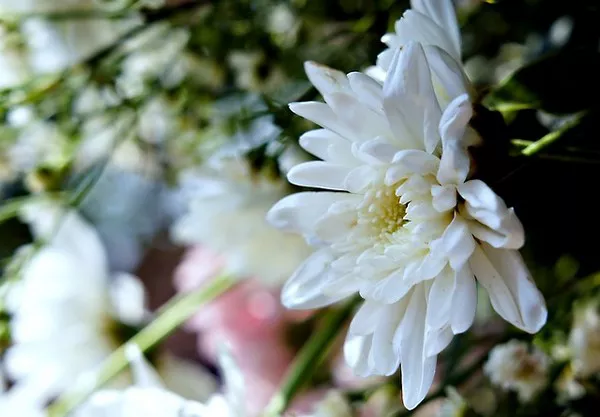Preserving the beauty of fresh flowers can be achieved through various techniques, and one of the most enchanting methods is air drying. Air drying flowers allows us to capture their vibrant colors and delicate forms while maintaining their natural charm for an extended period. In this comprehensive guide, we will delve into the art of air drying flowers, exploring the materials, techniques, and key considerations necessary to achieve exceptional results.
Selecting the Right Flowers
Not all flowers are suitable for air drying. Choose blooms that hold their shape and color well after drying. Popular choices include roses, lavender, statice, baby’s breath, and strawflowers. Opt for flowers that are at their peak bloom, as they will retain their full vibrancy during the drying process.
Timing and Harvesting
The best time to harvest flowers for air drying is in the morning, after the dew has evaporated but before the sun is at its peak. Cut the stems at an angle, removing any leaves from the lower portion to prevent mold formation. Flowers with thicker stems may need to be split to facilitate the drying process.
Preparing the Flowers
To ensure successful air drying, it is essential to prepare the flowers properly. Create small bundles of 6-8 stems and secure them tightly with rubber bands or string. Avoid overstuffing the bundles, as this may hinder the airflow and lead to uneven drying.
Drying Location and Conditions
Choose a suitable location for drying the flower bundles. Ideally, the space should be well-ventilated, dry, and away from direct sunlight. Hang the flower bundles upside down to allow gravity to preserve their natural shape. The drying process may take up to two weeks, depending on the type of flowers and environmental conditions.
Maintaining Airflow
Proper airflow is critical during the air drying process. Ensure that the flowers have enough space between them, preventing overcrowding, which could lead to mold growth. Additionally, periodic air circulation in the room will aid in the even drying of the flowers.
Preserving Color
To preserve the vibrant hues of the flowers, it is essential to minimize their exposure to light during the drying process. While some color loss is inevitable, keeping the flowers away from direct sunlight and artificial lighting will help retain their pigmentation to a great extent.
Checking for Dryness
After about a week of drying, inspect the flowers for dryness. Gently touch the petals; if they feel crisp and papery, the flowers are ready. If there is any residual moisture, continue drying for a few more days. Patience is key in achieving perfectly air-dried flowers.
Storage and Display
Once the flowers are completely dry, remove them from the drying area and place them in airtight containers to protect them from dust and humidity. A desiccant packet or silica gel placed inside the container can help absorb any remaining moisture.
Avoiding Pitfalls
While air drying is a relatively straightforward method of preserving flowers, there are some common pitfalls to watch out for. Overexposure to sunlight, excessive humidity, and improper handling during the drying process can lead to subpar results. Careful attention to the guidelines outlined above will help you avoid these issues.
Creating Dried Flower Arrangements
Air-dried flowers can be artistically arranged to create stunning displays. Combine various flowers, grasses, and foliage to achieve visually appealing compositions. Dried flowers can be used in wreaths, bouquets, wall hangings, and potpourri, adding a touch of timeless elegance to any space.
Conclusion
Air drying flowers is a captivating art that allows us to preserve the ephemeral beauty of nature. With the right selection of flowers, proper preparation, and adherence to essential guidelines, you can create enchanting and long-lasting dried flower arrangements. Embrace the slow and delicate process of air drying, and you will be rewarded with captivating and enduring floral displays that bring the charm of the outdoors into your home for months to come. Happy drying!


